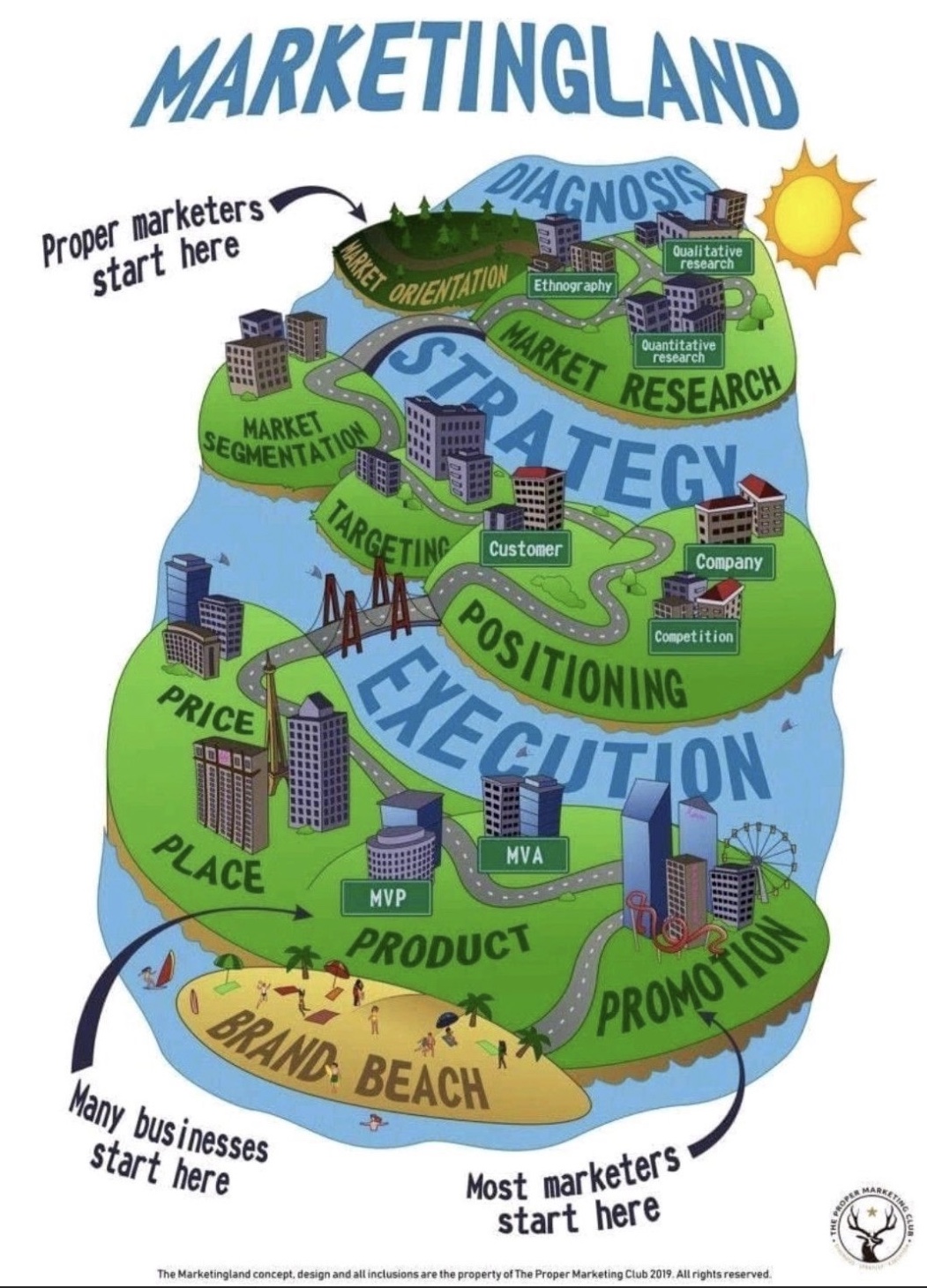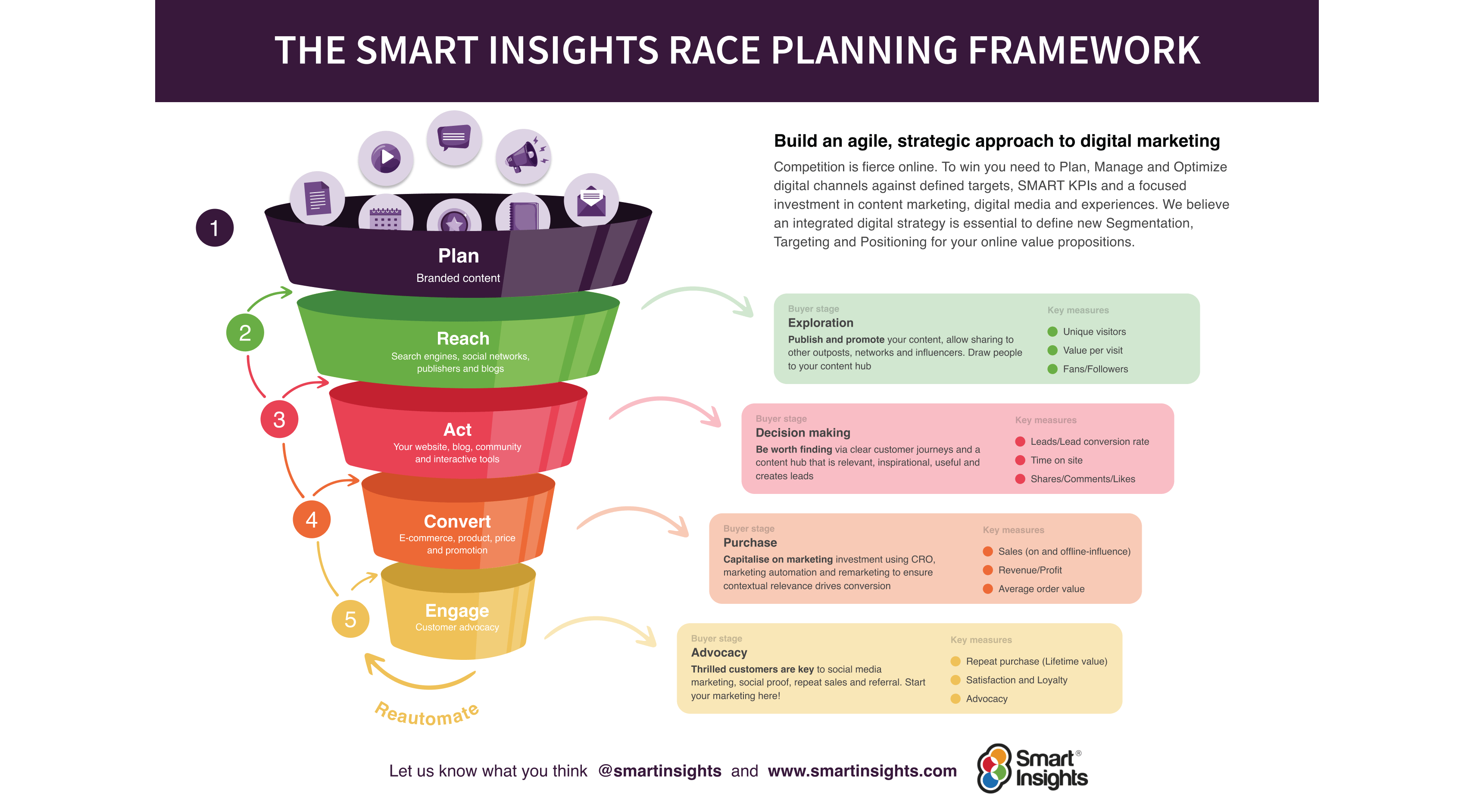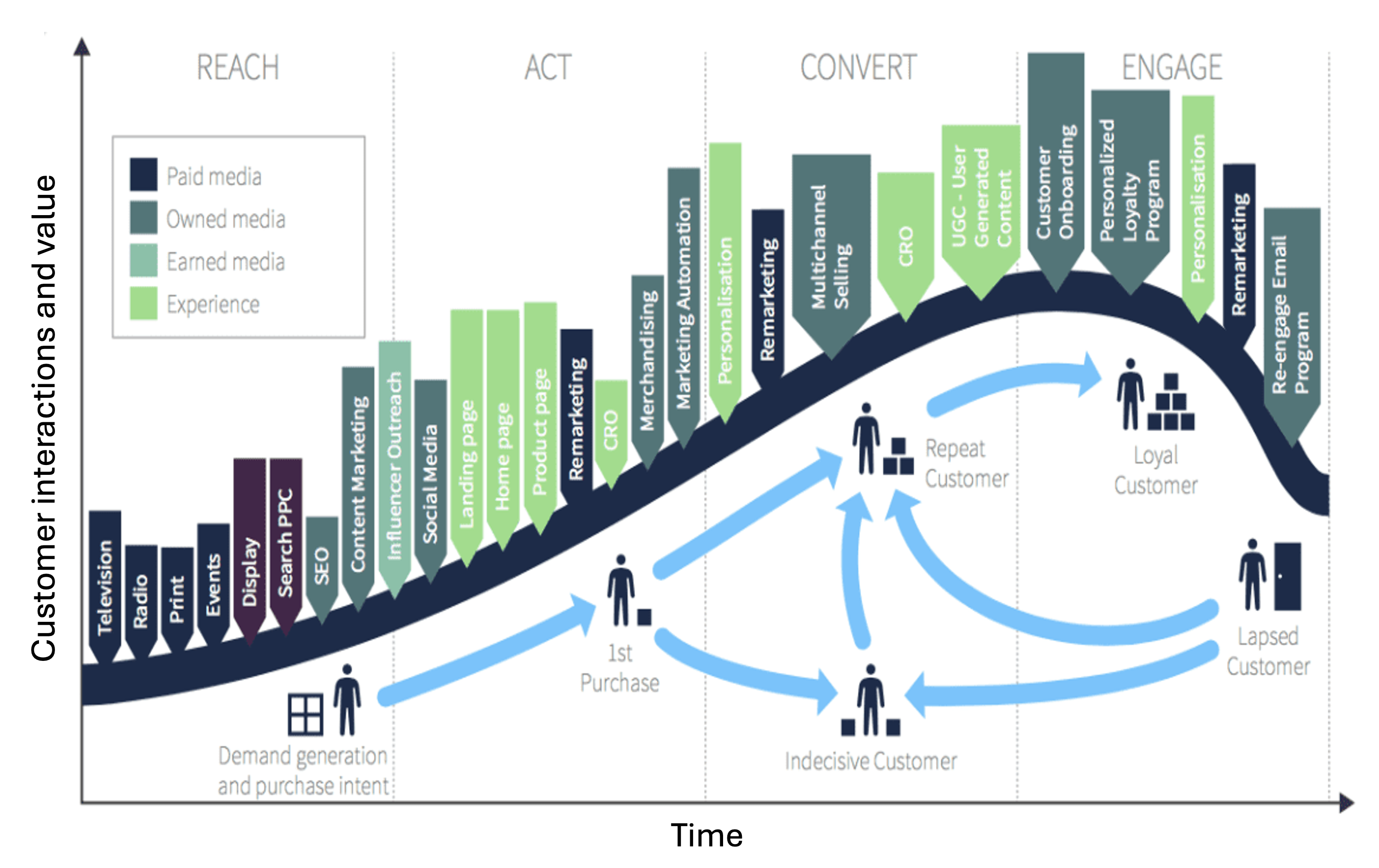Everyone knows that promotion is part of the marketing mix but increasingly, people seem to think that marketing is ONLY promotion.
The truth is that unless you have already “defined, measured and quantified the size of the identified market and the profit potential,” to paraphrase, Dr Philip Kotler, the father of modern marketing, then you can do all the social media and promotion you like, and it won’t make a blind bit of difference to your profits.
So, back to first principles. Evolution of the marketing mix framework (and we marketers love a framework!) from the 4Ps to the 7Ps, has taken place over decades starting in 1960 with the four Ps concept: product or service, price, placement, and promotion. This was developed by marketing professor E. Jerome McCarthy who first identified it in a book entitled Basic Marketing: A Managerial Approach to the present day.
These 4Ps were expanded for the service sector in 1982 by Bernard H. Booms and Mary J. Bitner in their article Marketing Services by Managing the Environment to become the 7Ps – including People, Process and Physical Evidence. And Vaughan C Judd honed in on People in 1987 in a paper entitled: Differentiate with the 5th P: People.
Promotion – advertising and social media?
In the 1960s promotion focused on advertising and direct mail, with the advent of the widespread availability of digital and social channels since 2004 – with platforms such as MySpace coming into existence, as identified in Esteban Ortiz-Ospina’s article The rise of Social Media.
As many people use social media, it’s the easiest part of the promotions mix to spot and it has somehow become synonymous with free marketing – get the intern to bang out a quick post.
But marketing as a discipline is far more complex than a few ads, posts, flyers whether online or old style. If in doubt check out what the Chartered Institute of Marketing have to say about it – What is Marketing?
And where some organisations fall down, is by failing to map out a marketing strategy aligned to business requirements. Instead marketing colleagues are corralled into promotion alone, excluding them from the heart of the business. Too many colleagues treat marketing teams as events organisers or content creators, without stopping to check commercial and corporate alignment. This sidelining of marketing often results in patchy and incoherent brand and customer experience across every touchpoint of the 7Ps.
Instant results are also often expected – but if your product or service has a sales cycle of 18 months, why would you expect results from a quarterly online social campaign with objectives of likes and shares to impact your conversion rates in a three-month period?
Product – it’s shiny, just tell and sell!
Products are also often the starting point, particularly with the vast potential that technology offers almost every sector– suddenly everything is faster and better. Many start-ups come up with a great product idea, spend a huge amount of energy developing a solution, without researching the market, competitors or achievable price points, resulting in a 60% failure rate in the first three years across the UK.
Obviously cash flow is also a key factor in the failure rate, but a professional business and marketing strategy, based on solid research into product-market fit including total addressable market (TAM), serviceable achievable and serviceable obtainable markets (SAM and SOM) is critical. And without a clear focus on specific customer segments within those markets, then enterprises can quickly end up chasing shiny things and diving into pet projects, which have no discernible commercial value.
Strategic marketing – focus on objectives
Which is where strategic marketing comes in. Far from being synonymous with promotions and product (buy our widget now!) professional marketing is integral to successful market development in lockstep with business and commercial objectives. Which is why Marketing as a strategic function should be at the heart of any business – identifying differential advantage, customer requirements within target markets and price points, for starters.
And your marketing professionals should be guiding entrepreneurs towards a focused approach – explained beautifully in Using The Ansoff Matrix to Develop Marketing Strategy by Oxford College of Marketing. Are you going for higher sales of existing products into existing markets (penetration)? Or new products into existing markets (product development)? Or existing products into new markets (market development)? Or developing new products for new markets (diversification – by far the riskiest quadrant of Ansoff)?

And all this research and analysis must precede the articulation of brand and value propositions and descriptions of services, let alone campaigns and social posts. If you haven’t done your research into where the gaps are, what markets and customers want, what will your brand and service positioning and messaging be based on?
Marketingland – critical steps that drive results
There’s an excellent infographic called Marketingland that’s done the rounds on LinkedIn created by an organisation called The Proper Marketing Club and a marketing consultant called Matt Dillon. It encapsulates the key critical stages that lead to commercially successful brands, services and products.
Far too often, business and marketers start with promotion – it’s the fun part, the most visible and everyone thinks they’re experts. But if you haven’t done the heavy lifting and deep thinking of research, analysis, targeting and objective setting, how will you know what results you need and whether your efforts are reaching the right audience? Or whether your positioning is competitive?
One thing I would say about the graphic is that brand should never be an afterthought. If you and everyone who works with you, don’t know what your vision, purpose, values are – why you’re doing what you’re doing and how you’re doing it, then you don’t have a brand. Just a transaction or a product that you’re trying to flog.
And increasingly, as purpose and sustainability become key brand differentiators for both consumers and employees alike, then being able to demonstrate authentic and substantiated ethical business foundations is central to positive engagement and growth.
Your brand should be your DNA, creating your climate – wrapping around every touchpoint and flavouring every interaction anyone has with your organisation whether investors, customers, or employees. It’s how you treat people and make them feel about you as a business – beware the gap between brand promise and how people experience your brand in reality.

Back to the 7Ps
Fast forward to 2015 when digital channels were exploding, Dave Chaffey and Fiona Ellis-Chadwick adapted them to include online experience and brand touchpoints.
The digital marketing mix

McCarthy, 1961 and Booms & Bitner, 1981 (cited in Chaffey & Ellis-Chadwick, 2015 & 2019)
Recently there has been debate about whether there should be an 8th P – Purpose. While purpose hasn’t been officially incorporated into the Ps, most brands now fully recognise that it is an essential consideration for many employees and consumers alike. Along with sustainability and what used to be called Corporate Social Responsibility (CSR) but which has now evolved into Environmental, Social, and Governance, also known as ESG.
While marketers love frameworks and models with acronyms, the Ps remain fundamental to a rounded well balanced brand and marketing approach to how customers experience the main touchpoints of your products and services. Regardless of which sector and vertical market you’re going into, which of Ansoff’s four quadrants you’re targeting, whether your ideal customers are consumers or corporates, ensuring that you have considered all aspects of the Ps through a professional marketing lens for consistency and coherence is essential.
Lifecycle digital marketing – always on
A couple of final models that help plan the kind of online content that will help push prospects through the reach, act, convert, engage (RACE) model of the sales funnel is shown below. Important to note that there are a wealth of resources, both free and available through subscription model available through SmartInsights.

Again this is a key framework that will support your online planning and another one of Dr Dave Chaffey’s devising. The digital lifecycle marketing model highlights a selection of online channels for consideration and the always-on nature of digital marketing.

I hope this blog has helped to demystify and solve the riddle of the 7Ps and explain why starting with promotion is only the tip of the iceberg – so much thinking and insight is required for strategic, balanced, measurable and effective marketing. If you need professional marketing help, you know what to do…

Recent Comments